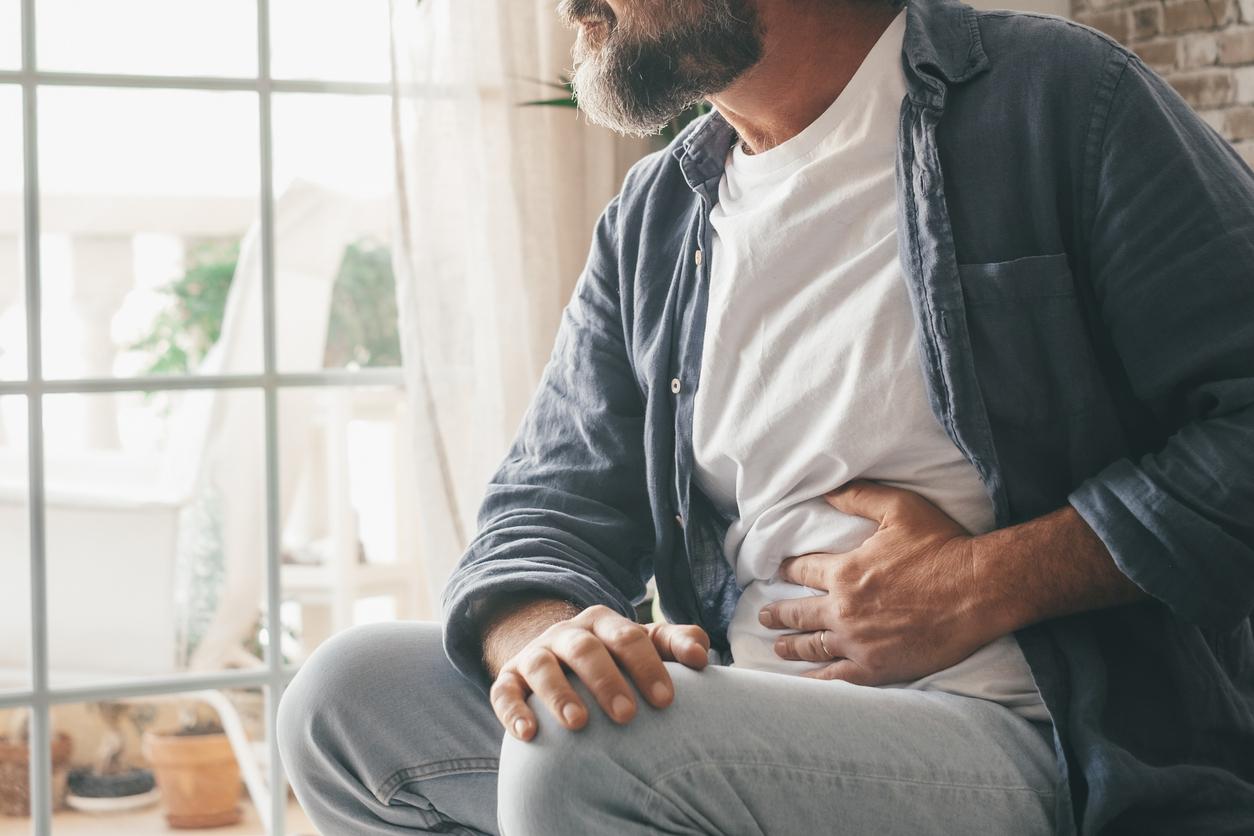
Stripping, laser therapy or VNUS
Varicose veins are not beautiful and can cause unpleasant physical complaints. Timely treatment prevents complaints from worsening and can prevent damage to still healthy veins. There are many methods of tackling the disfiguring veins; Which treatment is chosen depends, among other things, on the type of varicose vein.
Varicose veins (varices) are common in both women and men. At a young age they often give few complaints, although they are experienced as ugly and disturbing. At a later age, varicose veins are always accompanied by complaints.
Duplex Examination
When you have been referred to a specialist by your GP, he or she will determine by means of a duplex examination what form of varicose veins it is and what the best treatment method is. In such a duplex examination, the flow of the blood depicted in the veins. Leaking valves are detected and the return flow rate of the malfunctioning vessels is measured.
During the first varicose vein consultation, it is also determined whether there is a medical indication. Medical indication includes the largest varicose veins and when there is fluid accumulation (edema). Because it can only be determined after a first varicose vein consultation whether a varicose vein falls under a medical indication, the first consultation will always be reimbursed, provided you have a referral from your GP. Whether further treatment is reimbursed depends on the indication (medical or cosmetic) and your (additional) insurance.
Treatment methods
The main reasons for treating varicose veins are to relieve symptoms, improve quality of life, prevent complications (skin abnormalities, an open leg and bleeding) and cosmetic wishes. Varicose veins can be treated in several ways. Usually a combination of various varicose vein treatment techniques is used to obtain the best result.
Surgery to treat varicose veins will only take place if the duplex test shows that blood drainage will improve after such varicose vein treatment. Stripping was until recently the most well-known method, but not the most pleasant. When stripping, the larger veins are surgically removed.
New varicose vein treatment methods
In the late 1990s, new varicose vein treatment methods were developed. It uses catheters, guidewires, and other instruments that are inserted through a puncture into a blood vessel to treat vascular abnormalities. These varicose vein treatment techniques are less stressful for the client, less damaging to the body and can often be performed with local anesthesia and on an outpatient basis. Also, these procedures bring great cosmetic benefits because no cuts are made to treat the varicose veins.
laser therapy
Examples of these new techniques are endovenous laser therapy (EVLT) and radiofrequency diathermy (VNUS). They are both techniques that do not require an operating room. Also, regional anesthesia or anesthesia is not necessary, but these varicose vein treatments can be performed under local anaesthetic.

















